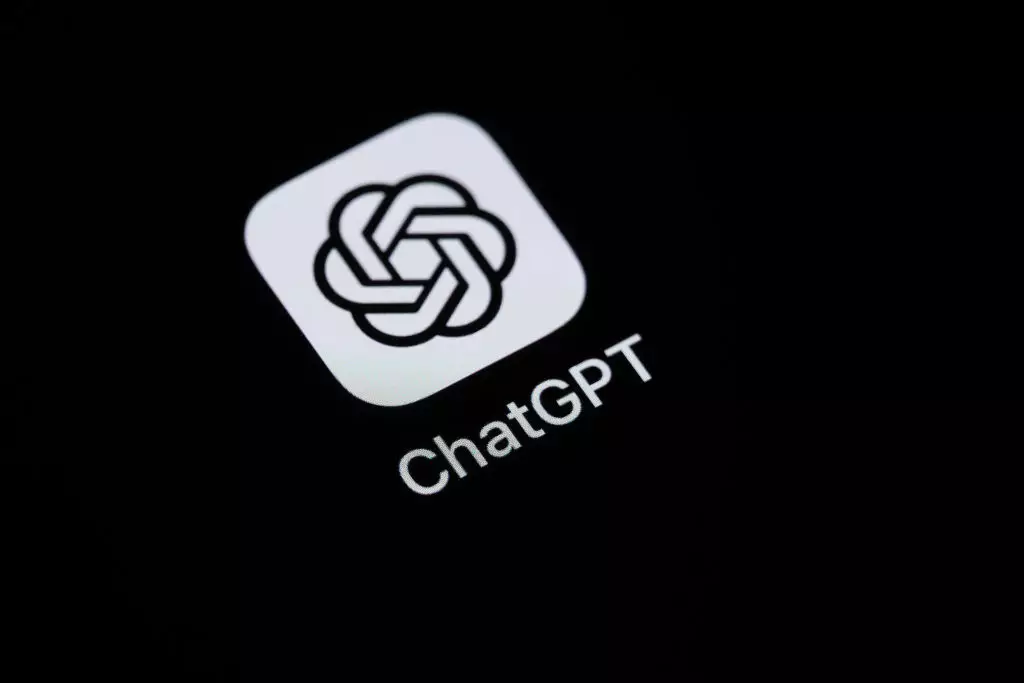In a groundbreaking announcement, OpenAI CEO Sam Altman introduced the first significant upgrade to ChatGPT’s image-generation capabilities in over a year, unveiling the powerful GPT-4o model. This transformative update allows users not only to generate text but also to create and alter images natively within the ChatGPT platform. By leveraging a model that enhances both performance and creativity, OpenAI has positioned itself at the forefront of the generative AI landscape.
The introduction of GPT-4o marks a pivotal moment. While ChatGPT has primarily been about text, the inclusion of image capabilities heralds a new era where AI can assist in various creative endeavors with remarkable sophistication. The implications for content creators, marketers, and artists are vast, paving the way for imaginative possibilities that blend text and visuals seamlessly.
Creative Freedom Meets Ethical Considerations
One of the most impressive advancements of GPT-4o is its ability to enhance existing images through editing capabilities. The art of image transformation, where users can manipulate foreground and background elements, introduces an unprecedented level of creative freedom. This feature allows users to express themselves visually, which can have profound implications for industries reliant on unique imagery.
However, with great power comes great responsibility. Brad Lightcap, OpenAI’s COO, emphasized the importance of respecting artists’ rights. OpenAI has instituted policies that actively prevent the generation of images that directly mimic the work of living artists. This commitment is not only ethical but crucial in fostering an environment where creativity can thrive without infringing on intellectual property rights. It also signals a growing awareness within the tech community about the need for accountability in an age of rapidly advancing generative technology.
A Competitive Edge in a Crowded Market
The launch of GPT-4o comes at a time when competition in the generative AI space is fierce. Google’s Gemini 2.0 Flash, which features its own experimental image output, has stirred excitement but also controversy due to its insufficient safeguards against copyright violations. This contrast showcases OpenAI’s proactive approach to ethical AI development, placing it ahead of competitors who may overlook these crucial considerations.
Training data is another contentious point within this field. OpenAI has opted for a transparent approach by sharing that GPT-4o was trained on both publicly available and proprietary data, sourced from established partnerships with companies like Shutterstock. While many companies might hold their training data closely to avoid IP-related litigations, OpenAI’s willingness to discuss its sources reflects a commendable effort to balance innovation and respect for creators’ rights.
Future Implications for Users
The rollout of GPT-4o is not just an upgrade for subscribers of the $200-a-month Pro plan; it also promises accessibility for Plus and free users, along with developers utilizing OpenAI’s API service. By democratizing advanced generative capabilities, OpenAI is ensuring that a broader audience can benefit from sophisticated image generation tools.
As GPT-4o continues to evolve, its potential applications expand. Educational content, marketing visuals, and even intricate artwork can be generated or enhanced in ways previously unimagined. The future seems bright for AI-powered creativity, but it also calls for ongoing discussions about ethics, innovation, and the rights of creators in an ever-evolving digital landscape.

